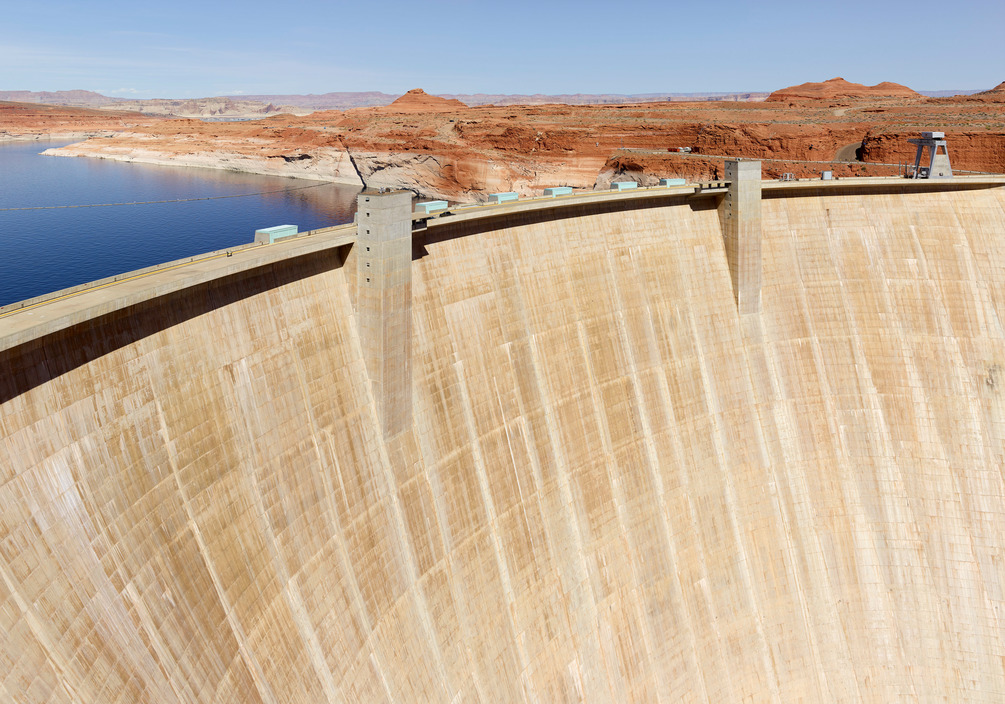A controversial dam project in Cambodia could “literally kill” the Mekong River, according to a confidential report on the environmental impact of the proposed structure, recently obtained by the Guardian.
The Sambor hydropower dam, as it’s conceived, would be an imposing 108-foot tall, 11-mile-wide structure near the town of Sambor. It would back the Mekong up onto itself to fill a 50-mile-long reservoir and generate up to 2,600 megawatts of power—enough to power about half a million households in the United States for a day. Initial feasibility studies found that some 19,000 people would have to be relocated. Cambodia’s Ministry of Mines and Energy has yet to officially approve the dam, but the Sambor project remains an energy priority for the Cambodian government, according to a recent social media post from a government spokesman.
The Natural Heritage Institute, a San Francisco-based non-profit commissioned by the Cambodian government to study the environmental impact of the dam at the current proposed location and several alternate ones, called the Sambor region the “worst possible place to build a major dam,” in a report leaked to the Guardian after the Cambodian government declined to make the results public.
The report finds that Sambor dam would have a “devastating” effect on fisheries and the humans that rely on them for food—and, according to the Guardian, fish is the main source of protein for 80 percent of Cambodia’s population.
“The Sambor reach of the Mekong is the corridor that experiences perhaps the largest annual migration of fish biomass on the planet,” the report’s executive summary states. The Mekong River Commission estimates that Lower Mekong fisheries are a $17 billion industry. The NHI found that the structure would lead to high fish mortality and impede the passage of sediment that downstream fisheries rely on for nutrients—impacts which, the report says, can’t be mitigated with standard techniques due to the size of the dam.
“A dam at this site,” the report states, “could literally kill the river.”
Such strong language is jarring, but not all that surprising given humanity’s longstanding interest in and increasing proficiency at re-engineering the planet’s plumbing. A study published just this week in Nature used satellite images to track the movement of water over more than a decade and found a “clear human fingerprint” on the global water supply—from indirect pressures like climate change, but also more direct ones like irrigation and dam construction.
There are tens of thousands of dams in place around the world, which have left nearly 1 percent of the globe’s land surface flooded by reservoirs. Some of them were spectacularly ill-conceived: The Glen Canyon Dam, an astonishing arch of concrete in arid Arizona, was built to ensure a steady supply of water to the booming population in the Western United States even during droughts. As Pacific Standard reported last year, “it turns out that an uncovered reservoir in the desert is not the best way to stockpile water.” Roughly 123 billion gallons of water seep into cracks beneath the lake every year, and even more evaporates away into the air.

(Photo: Mark Power/Magnum Photos)
In some cases, such dams are not only inefficient, but catastrophic: The construction of China’s Three Gorges Dam, a multi-billion-dollar massive hydropower plant on the Yangtze River, flooded 13 cities and 140 towns, forced 1.3 million people to relocate, decimated fish populations, and destabilized the Yangtze Valley slopes, causing a slew of dangerous landslides.
The dangers associated with dams can be exacerbated by other structures on the same river system. Amid a dam-building boom in the mid-20th century, hydrologists warned that the dozens of dams and reservoirs built in China’s Henan Province could raise the water table and lead to disaster. In 1975, the nearly 25-year-old Banqiao Dam in the province burst after a heavy storm, killing an estimated 171,000 people.
In recent years, large-scale dams like Iraq’s Mosul Dam and the Kariba Dam between Zambia and Zimbabwe have drawn international attention after officials warned that the structures were in poor condition and could collapse.
Large-scale dams can have staggering impacts, but small-scale dams can be deadly as well. An illegally built dam in Kenya’s Rift Valley, known to locals as the Patel Dam, burst last week, washing away hundreds of homes and killing dozens of people, including more than 20 children. And this week, the Masinga Dam, the country’s largest hydropower generating plant, began overflowing after heavy rainfall, but so far the dam is still structurally sound.
The Sambor project is not the only dam currently in the pipeline in Southeast Asia. A proposed hydroelectric dam in Sumatra could destroy a sizable chunk of the only habitat where the recently discovered Tapanuli orangutan—the world’s “rarest ape species,” with only 800 individuals—has been found. Serge Wich, a primatologist at Liverpool John Moores University in England told MongaBay that the dam will be “the beginning of the end of this species.”
“It’s only about 510 megawatts. That’s not that much,” Wich said of the hydropower dam’s projected energy production. “There are alternatives to get that energy.”
Research shows that big hydropower dams just aren’t a cost-effective source of energy anyway. A 2014 study found that, “even before accounting for negative impacts on human society and environment, the actual construction costs of large dams are too high to yield a positive return.”
The report on the Sambor dam found at least one alternative that could help counter Cambodia’s energy shortage without sacrificing its natural ecosystems: Adding solar panels to existing dams, rather than building a new one. The viability of solar power varies by region, of course. But at least for Cambodia, dual solar hydropower plants could be the most cost-effective, and certainly the most environmentally friendly, way to produce more energy.




